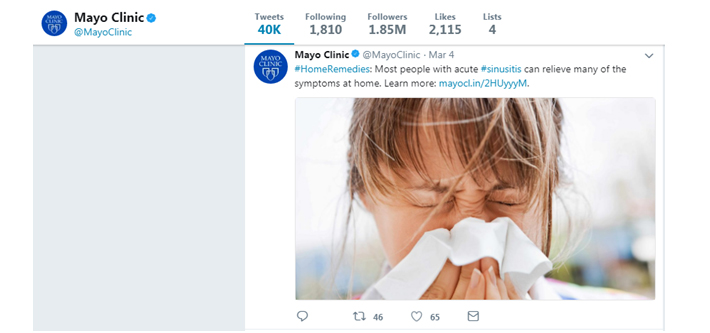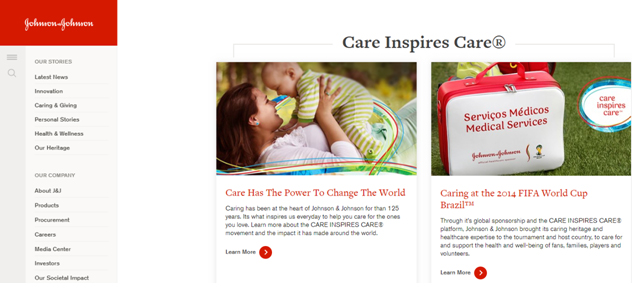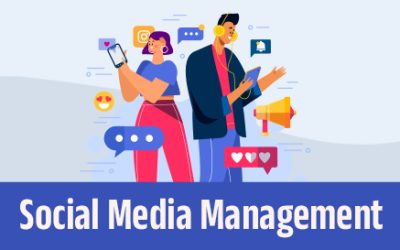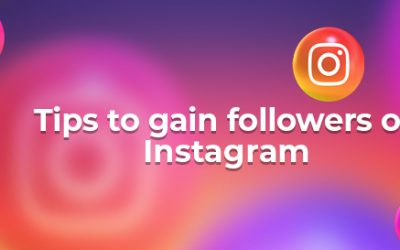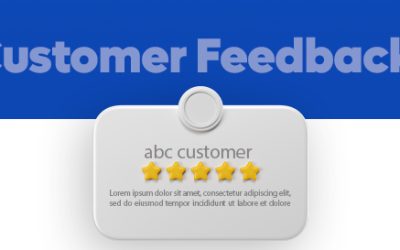Social media is no longer rocket science and every brand, in whichever sector they operate in, is very much into it. Every major brand is not just present, but also active across all major social media platforms and most of them have dedicated teams strategically planning campaigns for better and bigger brand presence. According to a study done last year, use of social media by brands is expected to increase by 256% by the year 2020. But is healthcare digital marketing being optimally used to increase engagement between patients and providers, or the public in general? Just like any other sector, digital marketing for healthcare is crucial to provide timely information and improve value and credibility.
With the development of digital marketing, consumers take it to social media for anything and everything, and it is the same when it comes to taking any healthcare decision. A study found that 57% of consumers decide to receive treatment from a particular healthcare provider after seeing their social media presence and connections. Another study reports that 60% of doctors believe social media helps improve the quality of care given to patients; which suggests that the doctors themselves trust the digital platforms for their transparency. With the ease of use and the ability to reach the public, there is no doubt that any healthcare provider can increase their patient referrals and quality of care.
Digital media platforms are evolving daily, for good, and provide opportunities to expand and reach out to more people. Healthcare professionals embracing innovation will be in the limelight for long.
However, if you look at the healthcare sector’s social media landscape, there are very little players, and even those who are present have kept their own bar quite low. It is important to identify effective ways in which healthcare organizations can make use of social media to communicate with the public or for B2B communication:
- Be present, be active
Consumers (or patients) heavily rely on the information they read online and most of them prefer joining groups or communities that share the same concerns so that they can learn about similar conditions rather than consult a physician. The data they see and read online will assist them in selecting doctors and hospitals. And, social media is where individuals write comments and reviews, which will make an impact on other individuals who are reading it. Thus, it is important to be present and active on social media, and most importantly, share the right and accurate information.
- Be more than just an information provider
Use social media as a platform to share relevant information on common health issues and diseases, preventative health initiatives and other public health issues in general. The point is, share and communicate educational and health information and thus encourage behavioral and corrective changes. Be human and respond to reviews and enquiries. Connect with the audience and implement marketing strategies when applicable.
- Balance between promotional and non-promotional content
Algorithms in Facebook and Google are changing rapidly, and the other platforms are not far behind. Sharing only content about your brand and boosting it will make your existing audience uninterested in you and they will ultimately stop following. And in the same way, sharing only non-promotional, informational content will do no good for your brand.Therefore, it is crucial to strike a balance between these 2 types of content.
- See what others are doing. Improve.
Presence of ample healthcare providers across all social media platforms is a chance for beginners or the lesser-known players to see what others are doing. Evaluate competitors – their services, and how they interact with patients and public in general. Enhance your own presence in social media by adapting and mimicking their successful methods.
By gathering interactions taking place in social media, healthcare organizations can learn and come to conclusions. Patient reactions, reactions to medications and doctors, and physicians’ interactions can be adjusted or improved accordingly. There is also scope for additional services.
- Craft your own strategy
Crafting a strategy for your social media campaign can be both easy and tricky. The easy way to do is to set your goal. i.e.; whether you would like to just promote your website, or would you like to get more leads to your organization? Crafting a strong message and developing content around your goal should be the highlight. The content must be appealing to the audience and should be delivered in more than one form – infographics, posters, videos and blog posts.
For example, in 2014, Johnson & Johnson launched its “Care Inspires Care” campaign – as a website and in Facebook, after reading reports that our world has become a less caring place. This campaign was a lead-in to 2014 World Cup. The campaign was liked and followed by a huge number of people, which encouraged the public to share acts of care.
- Avoid HIPAA violations
When it comes to marketing themselves, dealing with privacy and HIPAA can be tricky. Some ways to avoid HIPPA violations are:
- Distribute clear social networking policies to employees
- Avoid any discussion of patients, even in general terms
- Speak generally about conditions and treatments
- Significantly post your policies and procedures on all social media platforms
- Ensure that you respond to all patient queries in a timely manner
- Be exceptionally conversing in times of crisis
The use of Social Media, especially Twitter, increases in the time of crisis, as these platforms provide a space for everyone from around the world to see what is happening and how well the operations are carried out. Real-time updates on hospital and physician capacity, emergency and control room access will be closely monitored by the public.
- Make the best of scheduling tools
Planning your campaigns and content in advance and scheduling them using the various tools, such as Buffer and HootSuite, will optimize your routine. Form a social media calendar in advance and schedule posts accordingly. This way, you are saving a lot of time switching from one social media platform to another.
- Listen! Monitor!
Make use of social listening tools such as HootSuite, SproutSocial etc. Closely watching these tools for your brand will only do you good as they will give you inputs on the interests, what the audience are saying and what they would like to see on their ‘time line’.
These tools are also great to monitor the leads you get. Any campaign you operate will bring in leads to your website and blog. You must track the number of users contacting you in person and by clicking links on your campaign. Also, remember to use unique hashtag for each campaign.
Digital marketing in healthcare is not like that of any other sector. You have to be careful when publishing each post. Stay away from patient information and establish a thorough professional presence across all social media platforms. Many professional medical SEO companies providing healthcare digital marketing services can offer you the best advice and help you improve patient – provider engagement, thus fostering a healthy society.


